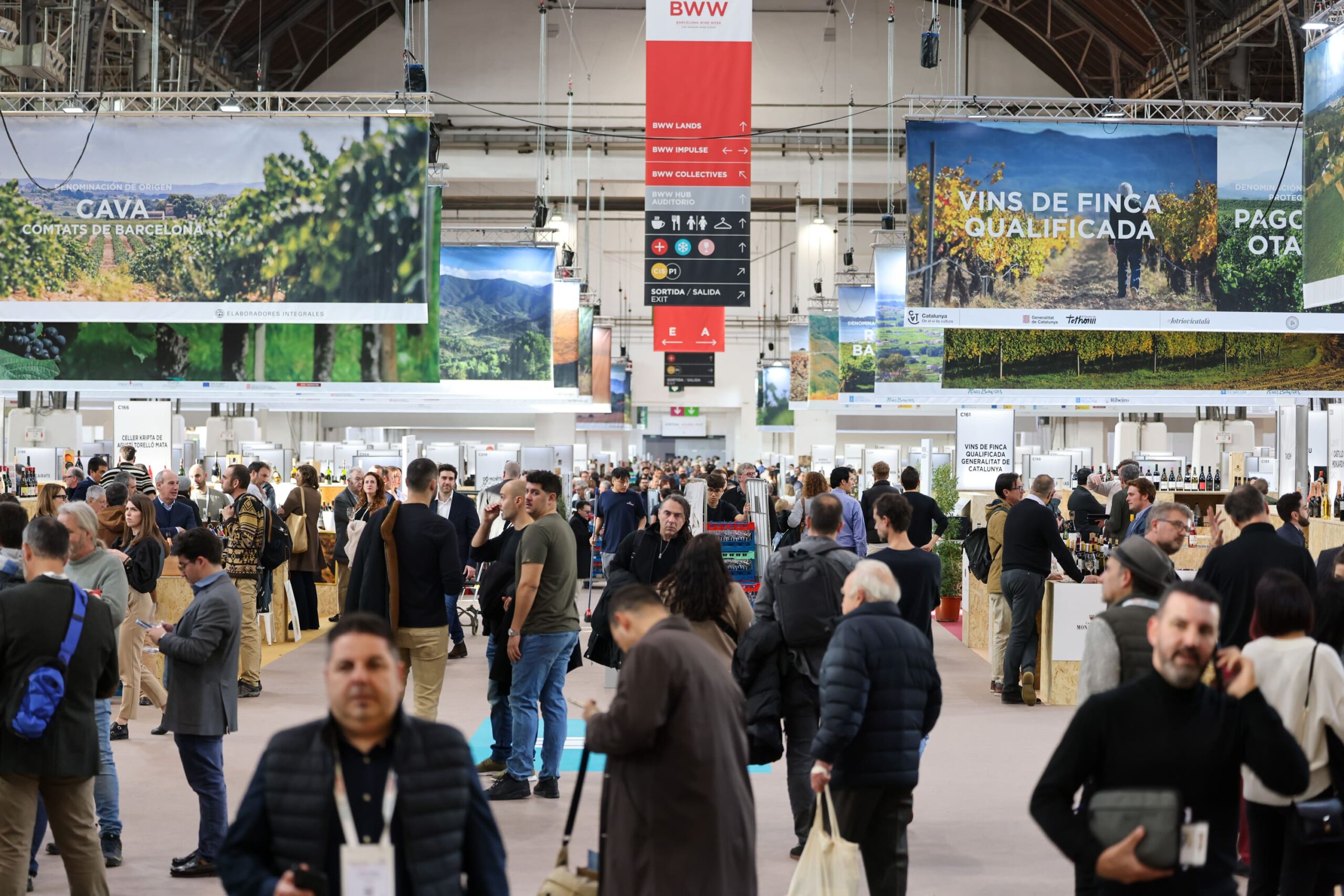Bright prospects for Rhône wines in China
Rhône Valley, with its diverse offerings from different regions and generally more approachable price points is steadily expanding its market presence in China, where its more popular French counterpart Bordeaux has been reigning supreme for years.
“Growth has been very steady, and we are growing every year,” said Brieg Lemetayer, China brand ambassador for Inter-Rhône, when talking to dbHK at the trade organisation’s tasting yesterday.
In 2016, nearly 60,000 hl or eight million bottles of Rhône wines were exported to China, accounting for about 6% of total Rhône wine exports. It was among the top five French wine producing wine regions exporting to China, he added.
Asked how Rhône wines can compete with more established Bordeaux and Burgundy in Asian markets, the Rhône native summarised: “We often say ‘Bordeaux is for business. Burgundy is for specialists and Rhône is for families and friends’,” highlighting Rhône wines’ approachability.
“It has the tradition of French wines but the character of New World wines,” the wine ambassador commented, referring as well to the more interactive marketing tools often employed by Australia and New Zealand to engage with younger consumers.
Speaking of geological differences in China in terms of consumer’s Rhône wine preference, Lemetayer revealed that in addition to ‘banner regions’ such as Châteauneuf-du-Pape, Hermitage, Côte-Rôtie, St. Jeseph, lesser-known regions were also generating interest.
Rhône wines’ higher alcohol content, sometimes looked over by consumers who are looking for lower alcohol wines, however, performed well with drinkers in China’s northern provinces, thanks to their habit of quaffing the country’s fiery rice/grain liquor, Baijiu.
Gigondas, for instance, is particularly sought-after in northern China. “In the northern part of China, they like stronger wines because they are used to drinking Baijiu,” he explained, “If you give them wines with an alcohol level of 12% or 12.5% abv, they will find it very smooth. [They would ask,] ‘Why is it? Is it for ladies?’”
Partner Content
Compared with its more established neighbour Châteauneuf-du-Pape, Gigondas shares a lot of similarities but offers more accessible price points, added Lemetayer, noting the region also has production volume to keep up with demand.
Cornas in northern Rhône, which has 133 hectares of vineyards, is small in volume but has a big advantage – Syrah, a variety growing in popularity thanks to Chinese drinkers’ interest in Australian Shiraz.
China has become Australia’s biggest wine export market, with the majority of wines being shipped to Chinese shores being Shiraz or Shiraz blends.
“I like to talk about Cornas but especially because of Syrah. And it’s important to remind consumers that Syrah is not from Australia,” he commented, a misconception that he finds himself explaining often in the market.
“Syrah is very important in China, but still if you want to the original taste of Syrah, you have to try northern Rhône wines and Cornas wines,” he continued.
Speaking of other geographic drinking preferences, he noted that in China’s southern Guangzhou, consumers often opt for St. Joseph. Hermitage, however, is more popular in southwestern Chengdu.




